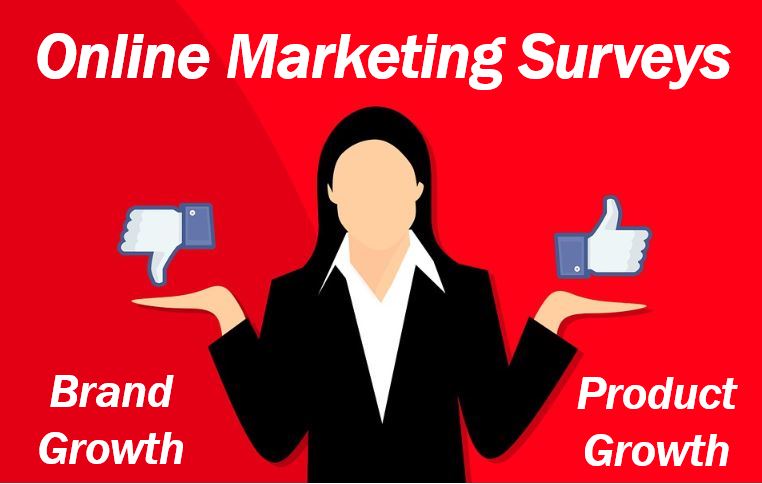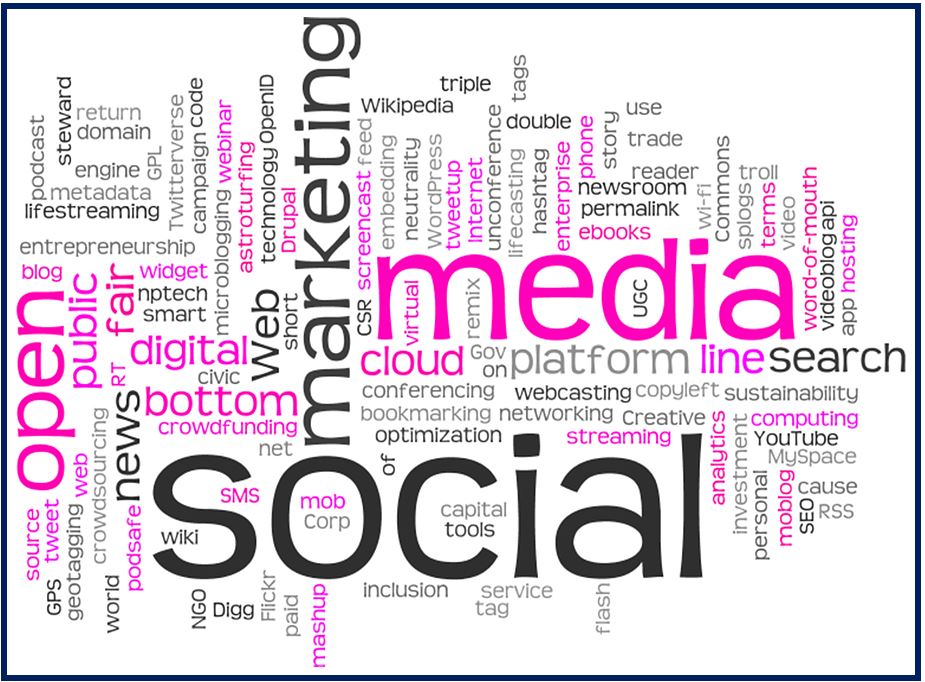“Don’t push people to where you want to be; meet them where they are.” – Meghan Keaney Anderson
Recently the primary emphasis of brand marketing has undergone a subtle shift from a brand-centric model to a consumer-centric model. In other words, the brand-centric mindset emphasized the understanding of the brand and how to meet organizational business objectives by increasing the value of the brand.

Juxtapositionally, the consumer-centric model, emphasizes the role that the brand will play in improving the quality of the consumer’s life.
It is important to note, and as stated previously, this change in direction is very subtle. And, although, it can be argued that a brand-centric model has to include the customer, the emphasis is on improving the brand for the brand’s sake. The customer must fit in with the brand. Now, the brand has to add value to the customer’s life. Therefore, for brands to sell in the current global retail environment, a simple question must be asked: “What can the brand do for the customer?”
The modern paradigm: Reasons for the shift in consumer behavior
Before we look at ways to answer this question, let’s look at the technological developments and the psychological background to determine what has caused the subtle but fundamental shift in brand marketing theory and practice. Because, at a foundational level, the change in consumer behavior has led to the need for the transformation of brand marketing methodologies.
Bill Su, in his article titled “The evolution of consumer behavior in the digital age” noted that there are “three primary paradigm shifts… due to the emergence of digital technologies and platforms such as Facebook, Amazon, and smartphones.”
Let’s look at each one of these three aspects individually:
Digital technology and the Fourth Industrial Revolution
The Fourth Industrial Revolution is the contemporary and unfolding environment (or incubator) which is fostering disruptive technologies and trends like robotics, virtual reality, machine learning, and the Internet of Things (IoT).
Furthermore, the Fourth Industrial Revolution is known for its unique merging of the physical, biological, and technological fields; thereby, creating incredible opportunities. But, there is also a certain level of tension as humankind worries about whether robotics and automation instruments will take over job functions and render people obsolete.
The psychology of social media
 The power of social media and its impact on the human psyche must not be underestimated. Keith A Spencer wrote in his article titled “A psychology research explains how social media is changing us” highlights the fact that the “business path that the internet has carved is a model whereby the viewers of videos and readers of information are the product, rather than the consumer.”
The power of social media and its impact on the human psyche must not be underestimated. Keith A Spencer wrote in his article titled “A psychology research explains how social media is changing us” highlights the fact that the “business path that the internet has carved is a model whereby the viewers of videos and readers of information are the product, rather than the consumer.”
Succinctly stated, social media sites like Facebook, Twitter, Instagram, and YouTube keep track of visitors to the respective site’s viewing habits and sell this data to marketing companies.
Furthermore, they use psychological techniques that get users addicted to the “like button”. In short, if you post a photo on social media, it is easy to get sucked into caring about the number of likes that your photo has received. For every like your photo receives, your brain receives a mild shot of dopamine. This sounds dramatic but modern brain scanning equipment is able to measure real-time brain activity.
Additionally, this is where Influencer marketing has its roots. If a prominent social media persona promotes a brand, the more likes the persona gets, the greater the chance there is of the product’s sales increasing, and vice versa. There is also the theoretical chance that a brand can be closed down because of negative influencer marketing.
Determining target audience likes and dislikes
Thus, based on the information presented above, brand marketers need to ensure that they know what the consumer expectations of the brand are. Without this information, it is virtually impossible to drive growth and sales to the brand.
There are several ways to determine customer likes and dislikes, but one of the most prominent ways is to use an online survey software. It is a simple matter to create a survey to determine what the target audience likes about the brand and what should be improved. The link to this survey then needs to be added to the brand’s website, and the consumer needs to be asked whether he/she would like to participate in the survey.

